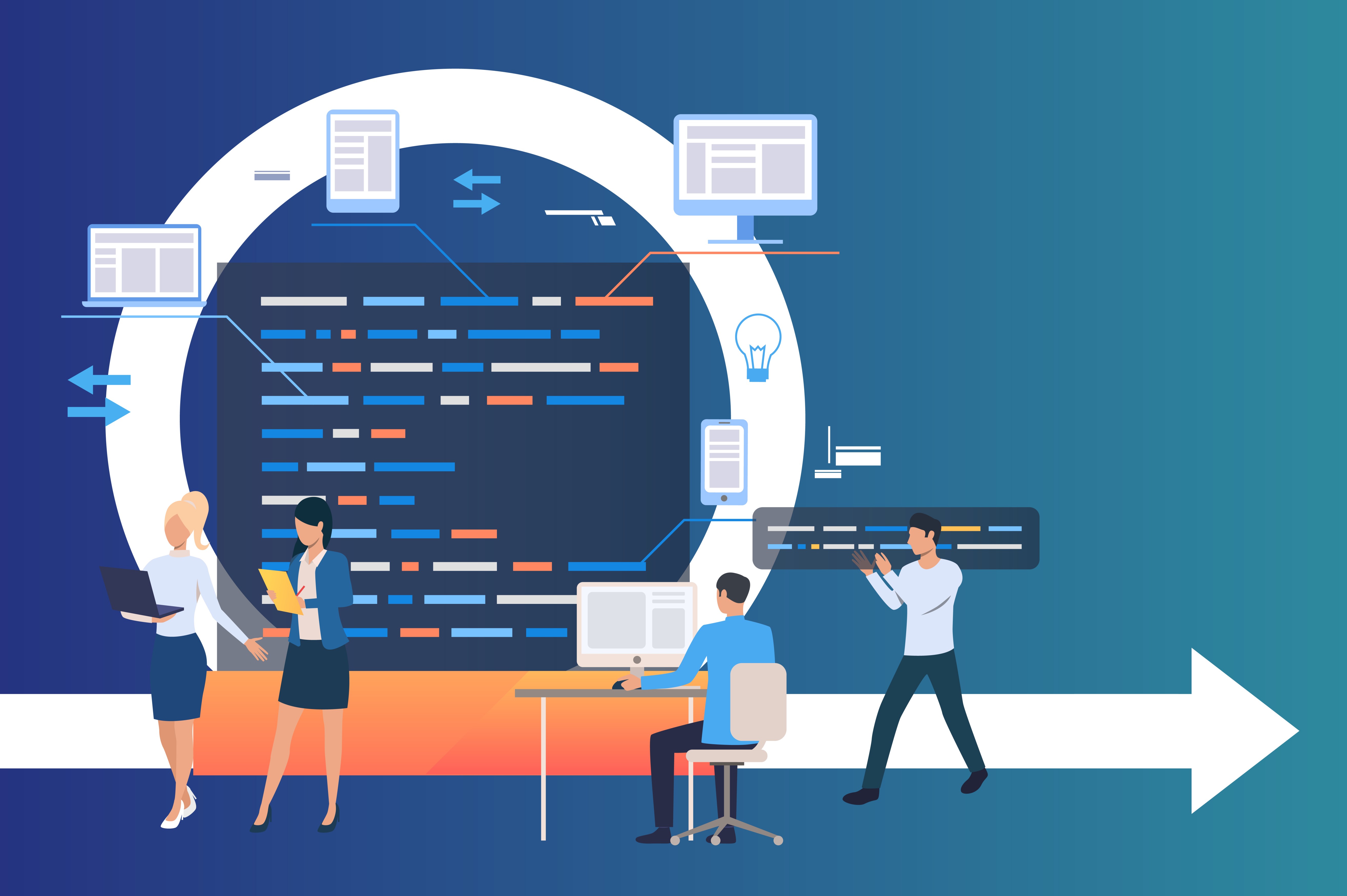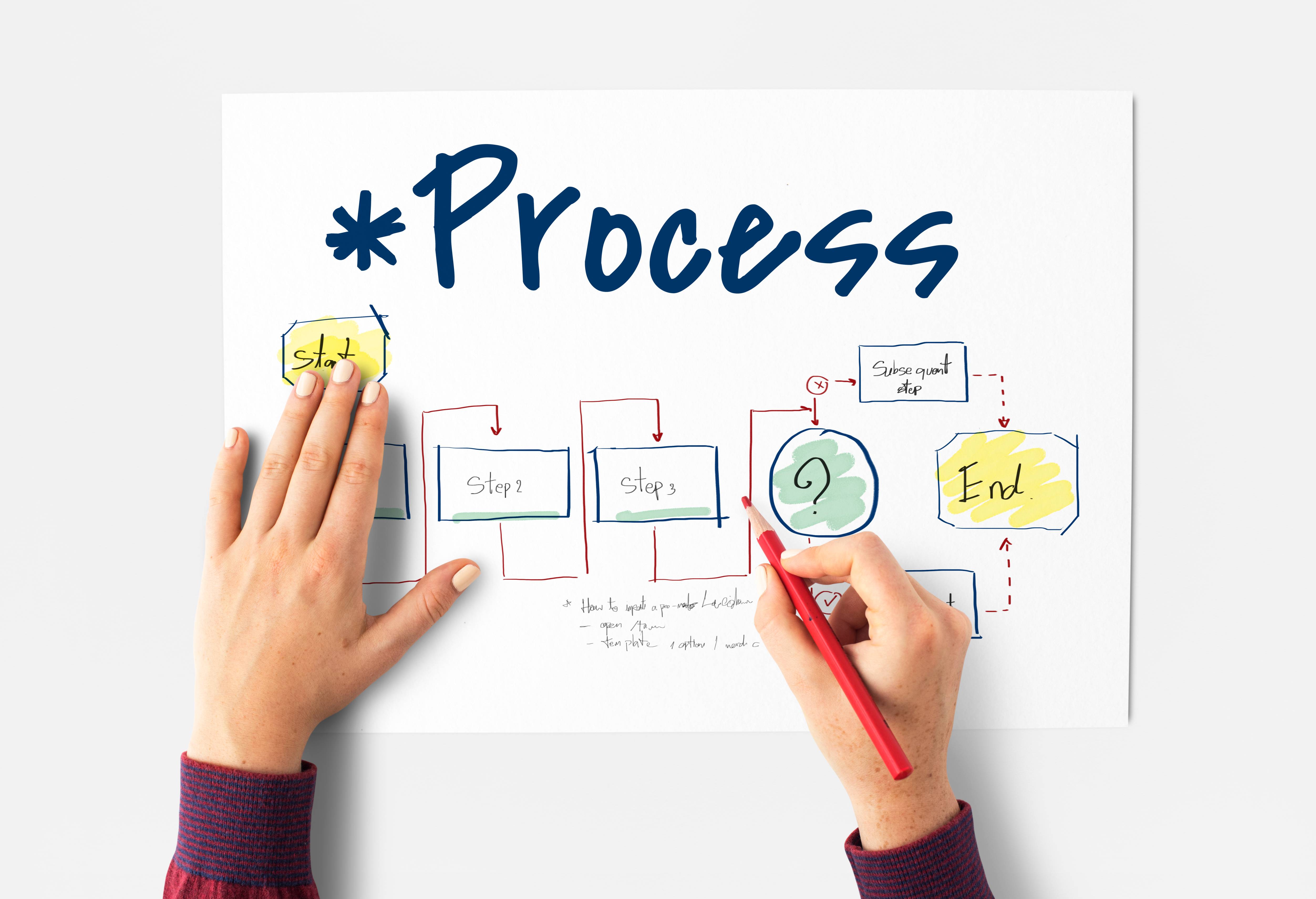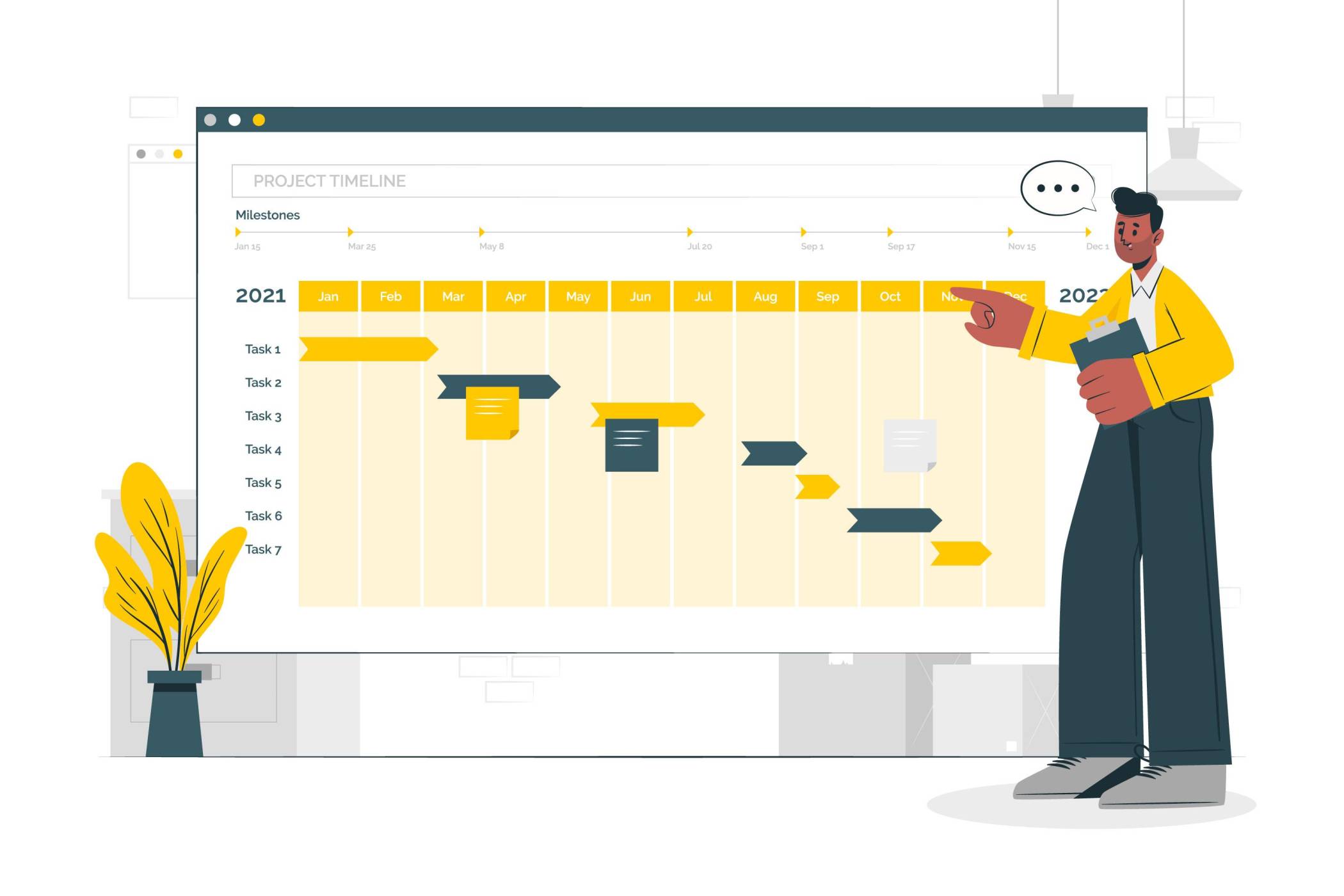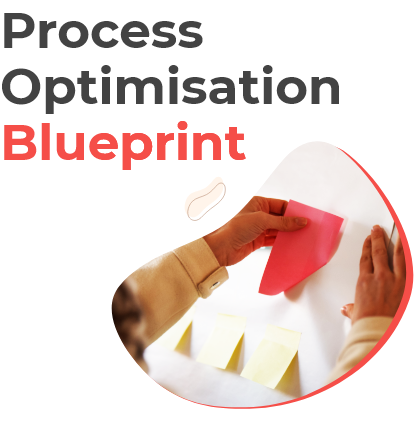Business Process Modelling in Business Process Outsourcing

Business process modelling is a technique that enables outsourcing providers and their clients to understand the processes in an organisation and then transform them into a set of models. Modelling processes is a critical component for effective business process management. This facilitates the definition, documentation and communication of your company’s model or standard operating procedures to employees who will then be able to implement them effectively within their work environment which leads to greater productivity.
It makes sure that models are structured in such a way that they can easily exchange information with other companies across various industries worldwide.
This blog post will discuss business process modelling, its significance in business process outsourcing, how it can be used as well as some of the benefits associated with this technique.
What is Business Process Modelling?
Business process modelling is the technique of representing business processes visually. It can be used to model both the current as well as the future state of a business process. The main aim of business process modelling is to understand and communicate the complexities of a business process. By doing so, it becomes easier to identify areas where improvement or transformation is required.
Business process modelling software is a powerful tool that helps organisations understand the current state and trajectory of their processes. It can be used with “as-is” data from operational systems, or it could generate future plans based on desired results for process improvement initiatives like lean six sigma.
Business process modelling and mapping are often used interchangeably, but there is some confusion about which one should be preferred. Process Mapping provides a graphic representation of the steps in your business process while Business Process Modelling does not – however they’re both equally effective at analysing processes.
Benefits of Business Process Modeling:

The first step to modelling a business process is with pen and paper, then later it can be digitised with a more advanced tool.
Process models are often used to identify and improve processes to be more effective. The software then allows you to transition your process from paper, to more easily become an automated one.
The benefits of business process modelling are many:
- Helps to identify areas of improvement
- Brings in transparency
- Makes processes Agile and flexible
- Standardises processes across departments
Why do we use Business Process Modeling in BPO?
The BPO strategy is a major one to adopt for companies to stay competitive in an ever-changing economy. With this, they can focus on their core business while outsourcing secondary operational concerns and leveraging different tools and applications to provide efficiency and transparency.
When deciding which parts of the business process should be outsourced and assigned to an appropriate outsourcing environment, it is important for companies to consider multiple factors.
With Business Process Outsourcing, companies can simultaneously re-engineer their existing operations and create a more flexible organisational structure.
How to use a BPM tool for modelling business processes
In any business, there are a number of small yet important processes that need to work in unison towards your goal. You may not realise it when you first glance at the numbers and tasks on paper but looking closer will help you understand how everything fits together like puzzle pieces!
The process of developing business models has been around for many years.

The first techniques were developed in order to make it easier on paper and visualise how tasks are carried out within an organisation, but nowadays there’s no limit as far as what can be done with these tools!
The following list includes the most widely accepted techniques for modelling business processes.
Business Process Modeling Notation (BPMN)
The BPMN method is a popular way of representing business processes that involve interactions and activities. The pictorial representation using standardised symbols makes it easy for anyone in any organisation to understand the process!
Many consultants see BPMN as the “Rolls Royce” of business process modelling techniques because the BPMN method was originally developed as a means of describing processes in the early 2000s. It has since become widely acclaimed for its standardised and objective nature that helps those working with process designs stay on track by following established guidelines.
Business analysts, financial experts or anyone else looking at designing new systems can use this standardisation to make sure their work complies and adapts across different platforms.
The following symbols and signs are used in BPMN:
Flow Objects – Circles are used to denote events while rectangles with rounded corners indicate activities and diamond shapes showcase decision points.

Connecting Objects – Since tasks are interconnected, they are joined to show their sequence. Solid lines indicate task transfers, and dashed ones denote messages.
Swim Lanes – The work of one sub-process may require the sharing or distribution among separate groups. Swim lanes detail how these shared responsibilities are allocated and what interactions exist between them.
Artifacts – In this way, you can add extra information that isn’t a sequence flow or message and it will appear as an artifact. Dotted lines point to the object in question while squares outlined with dots are used for grouping elements together on a diagram; text annotations use square brackets too!
Unified Modelling Language (UML) Diagrams
UML diagrams offer a different way to model the business process. The modelling language was developed by software developers, but it can be adapted for use in business processes too!
It is an object-oriented representation chart depicting the relationship between the “actors” and “systems” comprising types such as Use case diagrams, Sequence diagrams, Communication diagrams, and so on.
Flowcharts:
Flowcharts are an instantly recognisable type of modelling. They’re simple and easy for business users to understand, but they lack the ability to model complex interactions within one flow diagram alone – which makes them less than perfect when trying to achieve true representation in your processes or companywide architecture strategy.
The good news is that you don’t need complicated calculations with flowcharting! You can showcase multiple workflows separately by creating separate flow diagrams instead; then combine all these individual views into a single layout if necessary.
Gantt Charts:

Gantt charts are a time-tested technique for breaking down complex tasks and making them more manageable. Each subtask has its own duration, which is measured in days or hours depending on the type of project you’re working on – it’s always clear to see when each task must be completed so that your desired result can be achieved! The Gantt chart also allows businesses with strict deadlines because they’ll know exactly where every piece fits in the timeline, ensuring an efficient end result.
PERT Diagrams:
Program Evaluation and Review Technique (PERT) diagrams are a useful tool for breaking down the timeline of business processes. They estimate how much time it would take to complete each step, with an emphasis on the shortest times first so that you can work towards your goals most effectively while staying within budget simultaneously.
Steps for creating a new model from scratch:
Start small:
Whether you’re modelling from scratch or looking at how people actually do their work, start with a simple statement of your end goal such as “ship product to the customer” and get everyone involved before proceeding any further!
Create a focus group:
Gather a small team of people who live and breathe the process every day and get them talking about the process.

This will help break down the process by the work each team member actually performs – which would eventually form the steps of the process!
Document and seek feedback:
A great way to refine a process is to document the larger picture first and break it down into small chunks – in other words – break down tasks into subtasks – the more granular the process, the better its efficiency!
Assemble all the pieces together:
Once a certain level of granularity is reached, it’s time to put the puzzle together to identify and fix the missing pieces. Seek help from your staff to get down to the root of it and fix the missing pieces.
And hey presto! Your new model is ready to roll!
Choose a flexible platform:
An example of a tool would be Boombirds, helping you to implement your new process model. The advantages are:
– easy to learn and adopt
– flexible and customisable irrespective of business size or type
– allows multiple teams or departments to be seamlessly involved
– affordable and industry agnostic
Process modelling is a powerful tool for any business, but it becomes even more important when you’re looking to maximize growth. Boombirds has created an easy-to-follow process model that can be applied to nearly every industry vertical and size of the company.
Are you tired of…Messy, manual processes that can't be scaled?
We work with operations leaders looking to digitally transform their manual back-office processes and procedures.
We combine your existing business processes with our software, plus decades of enterprise process re-engineering and change management experience to quickly scale and see the results you are looking for.





